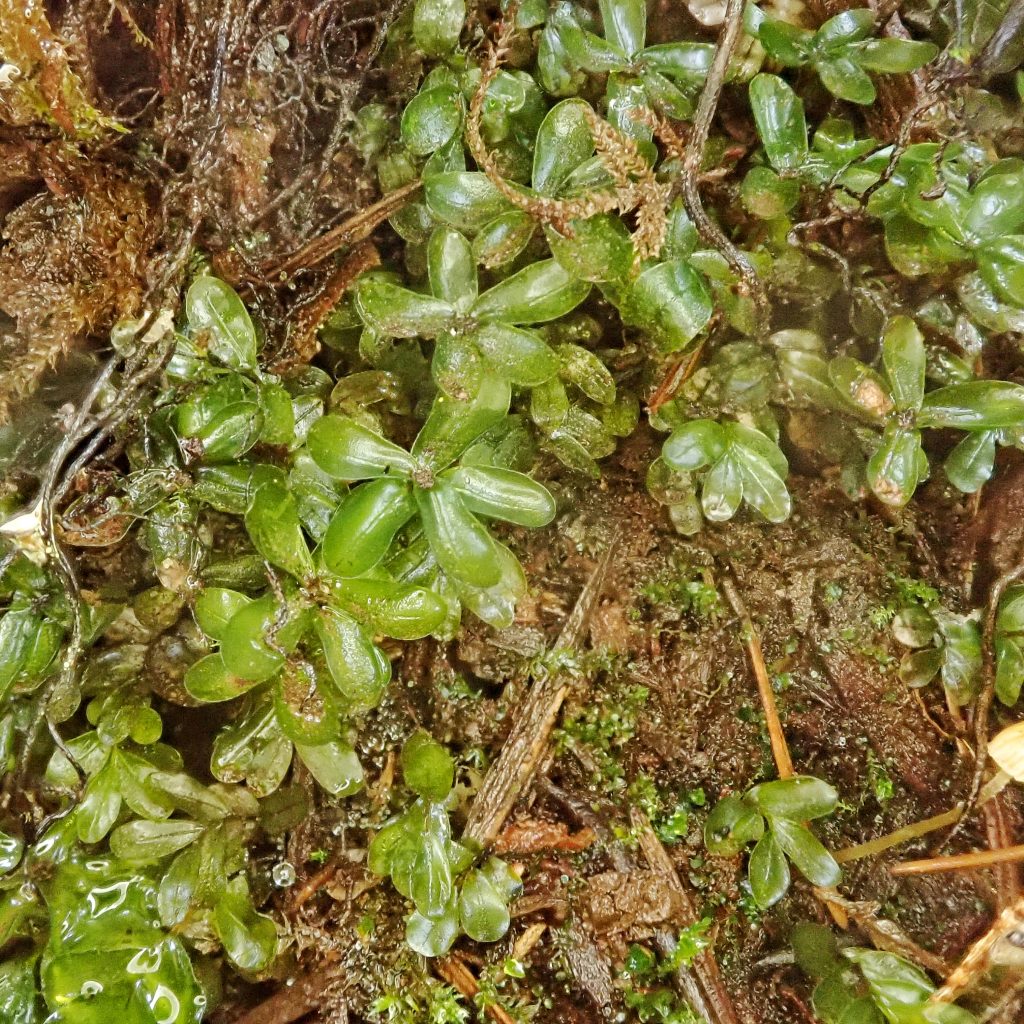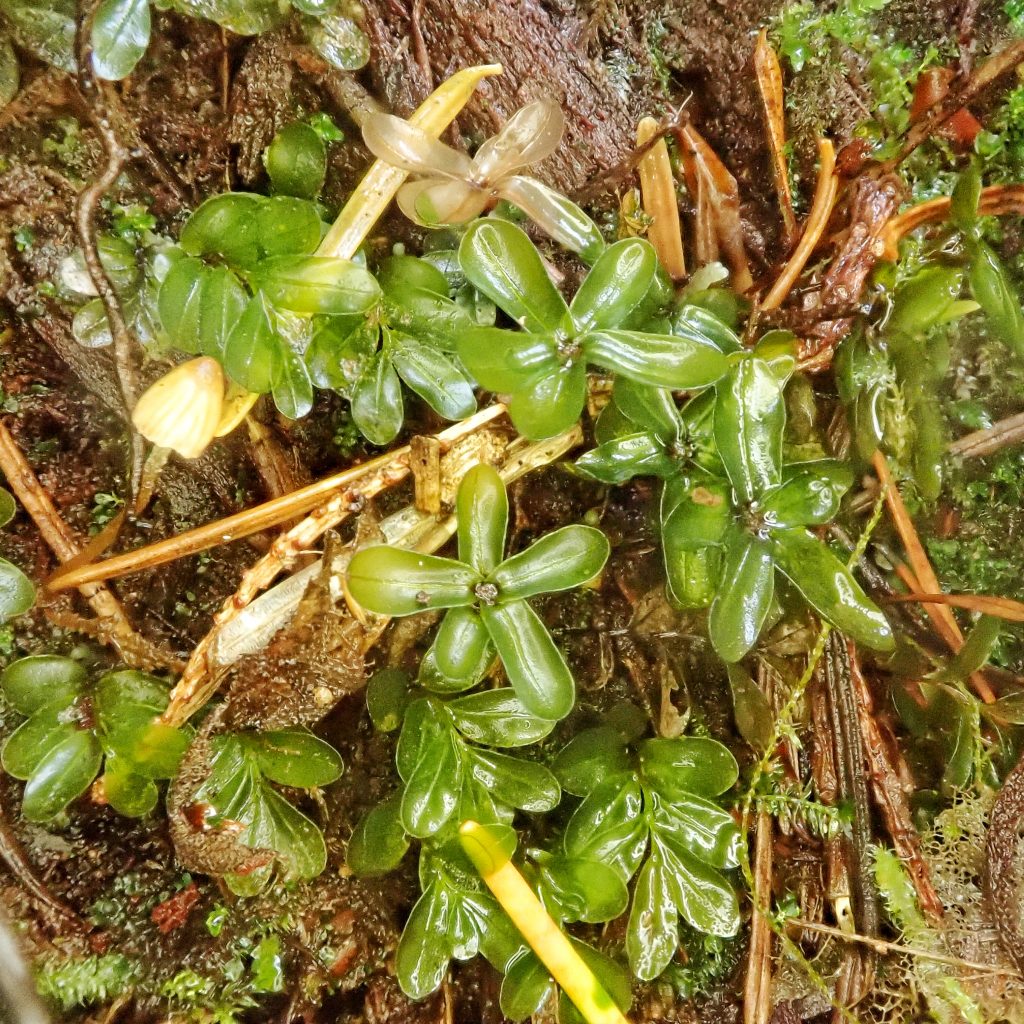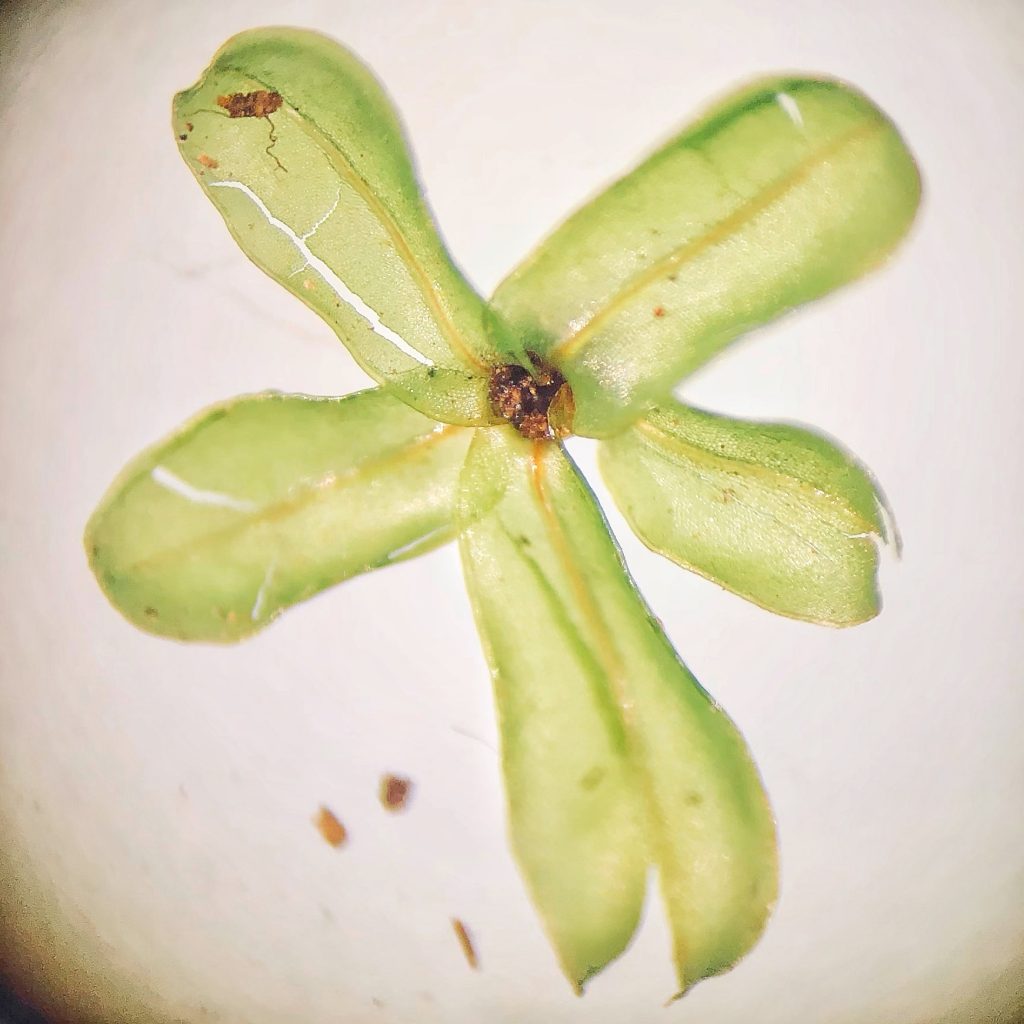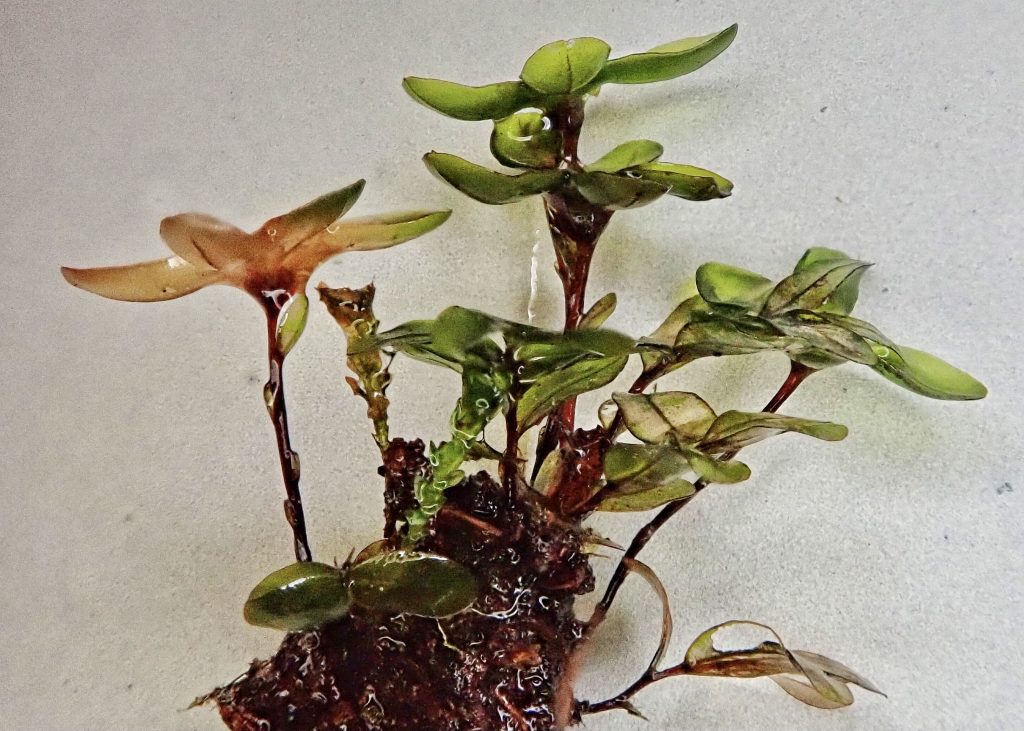
I need to mention something again- I am not an expert! About anything! I am not just being humble, or self deprecating. I learn many new things with every post. This even applies to moths, butterflies, dragonflies and birds, despite the fact that I’ve been ‘into’ them for several years and have devoted hundreds of hours to studying and chasing them.
And when it comes to mosses (and the other cryptogams; liverworts, hornworts, fungi, and the symbiotic fungal/algal relationship that we call lichens) I am still very much a beginner, despite near obsession at times, and many, many hours afield and at the microscope trying to parse their mysteries. One reason is that I seem to be a bit dense nowadays (possible brain damage from prolonged substance abuse).

Another is that CRYPTOGAMS ARE HARD! There is so much to learn, so much nomenclature to remember, and distinguishing characteristics are often tiny (measured in microns!), subtle, and maddeningly variable. There are only a few I can identify to species in the field, and a couple dozen more I have identified (although many of those I first misidentified before being corrected by actual experts like Dr. David H Wagner).
Rhizomnium glabrescens was not one of those. All I knew when I found it was that it looked familiar but had smooth leaf margins. But it turned out to be fairly straightforward, with a couple of defining characteristics easily visible through a hand lens, and I think I’ll actually know it the next time I see it. My thanks to David Wagner for taking the time to confirm my identification.

Description– Leaves are large (3-6mm long), oval, with bordered margins, and lack lobes or teeth; costa is strong, extending to the tip (percurrent); stems are erect, dark, bare of rhizoids; male stems mostly leafless or with small, scale-like leaves; female stems well leaved.
Similar species–R. nudum leaves are rounder and slightly larger; Plagiomnium and Mnium spp. have toothed leaves.
Habitat-Mesic forests, often near streams; tree bases, logs, soil, soil over rock.
Range-Mostly west of Cascades; disjunct population in n Idaho.
Reproductive timing-Capsules form in summer
Etymology of names– This is a contradictory name. Rhizomnium means ‘rhizoids moss’ and refers to the rhizoids that grace the stems of many mosses in this genus. But not this one, and glabrescens, meaning ‘smooth’, refers to that lack of rhizoids on the stems of this species.

https://www.centralcoastbiodiversity.org/fan-moss-bull-rhizomnium-glabrescens.html
http://www.efloras.org/florataxon.aspx?flora_id=1&taxon_id=250099340
https://ucjeps.berkeley.edu/cgi-bin/get_moss_treatment.pl?taxon=Rhizomnium%20glabrescens

Your last two photos are spectacular!
Thank you!